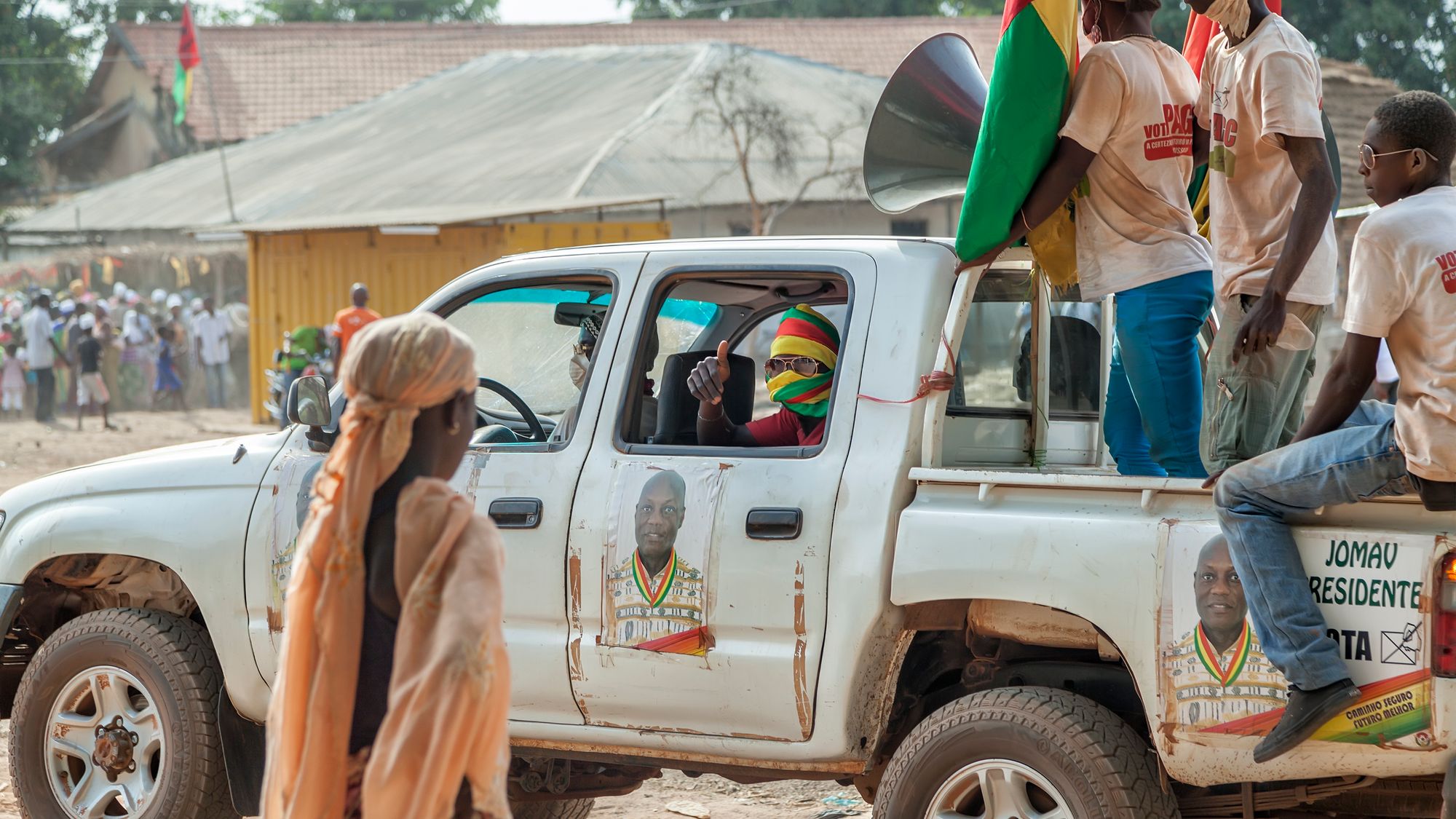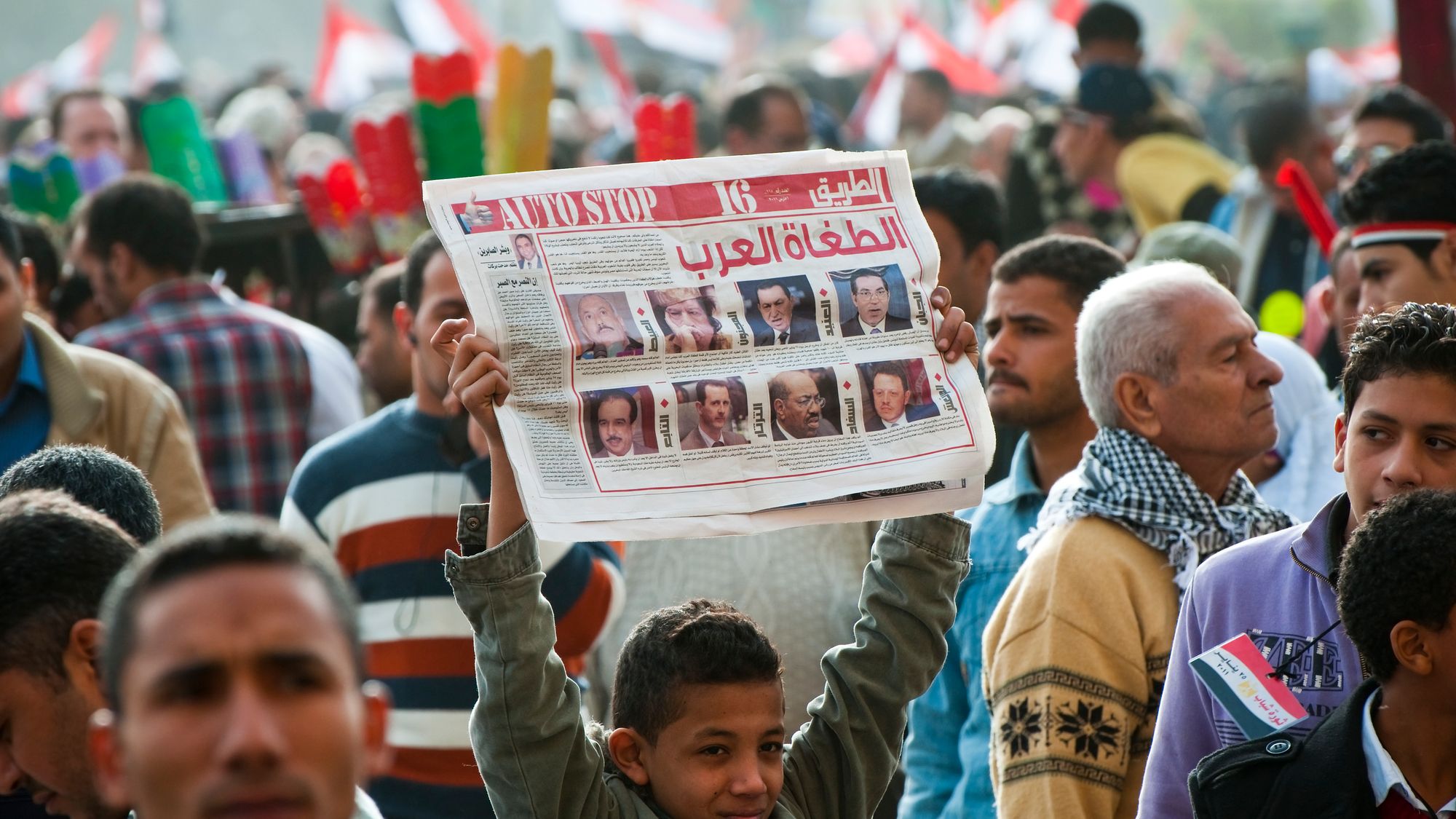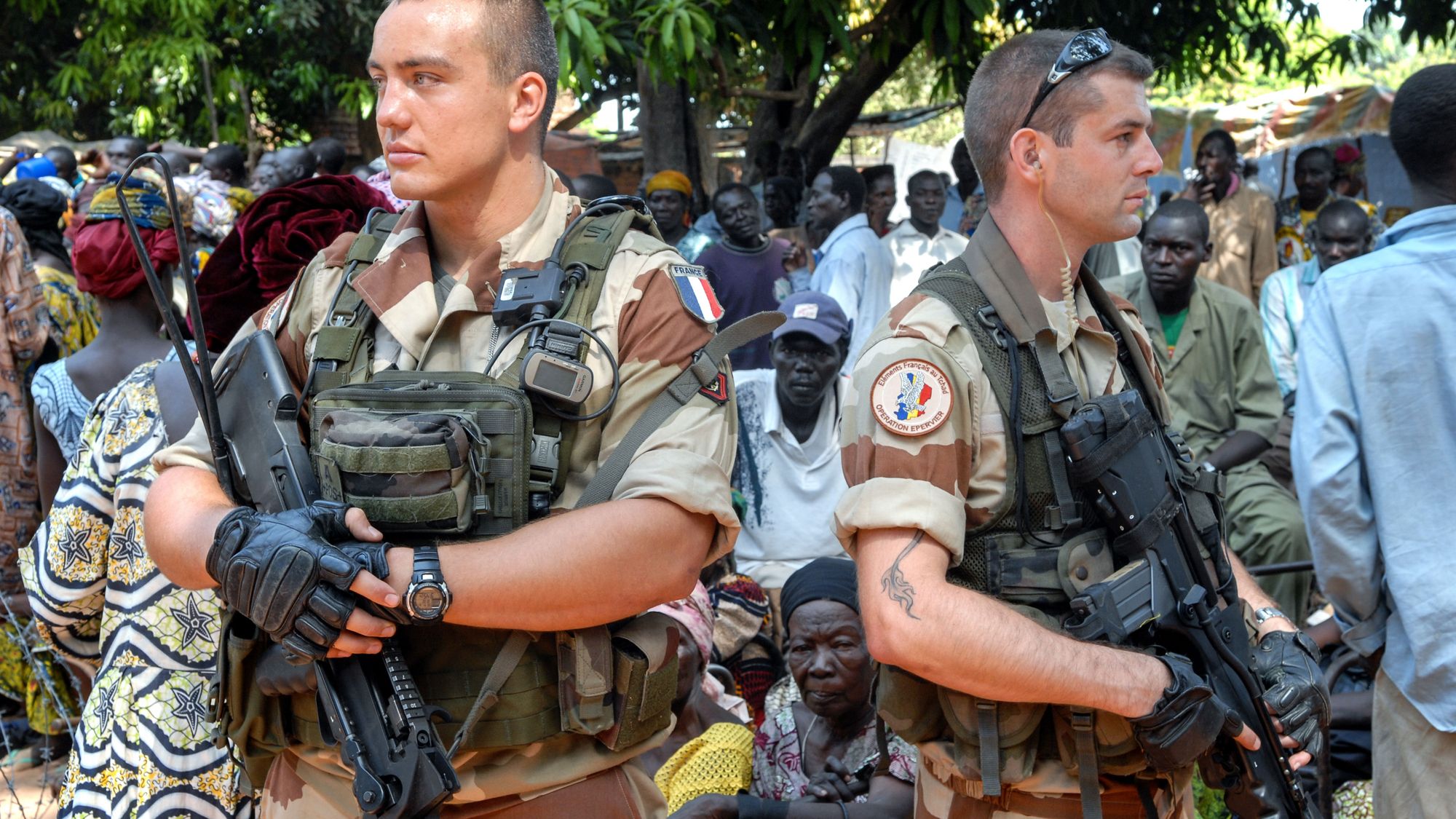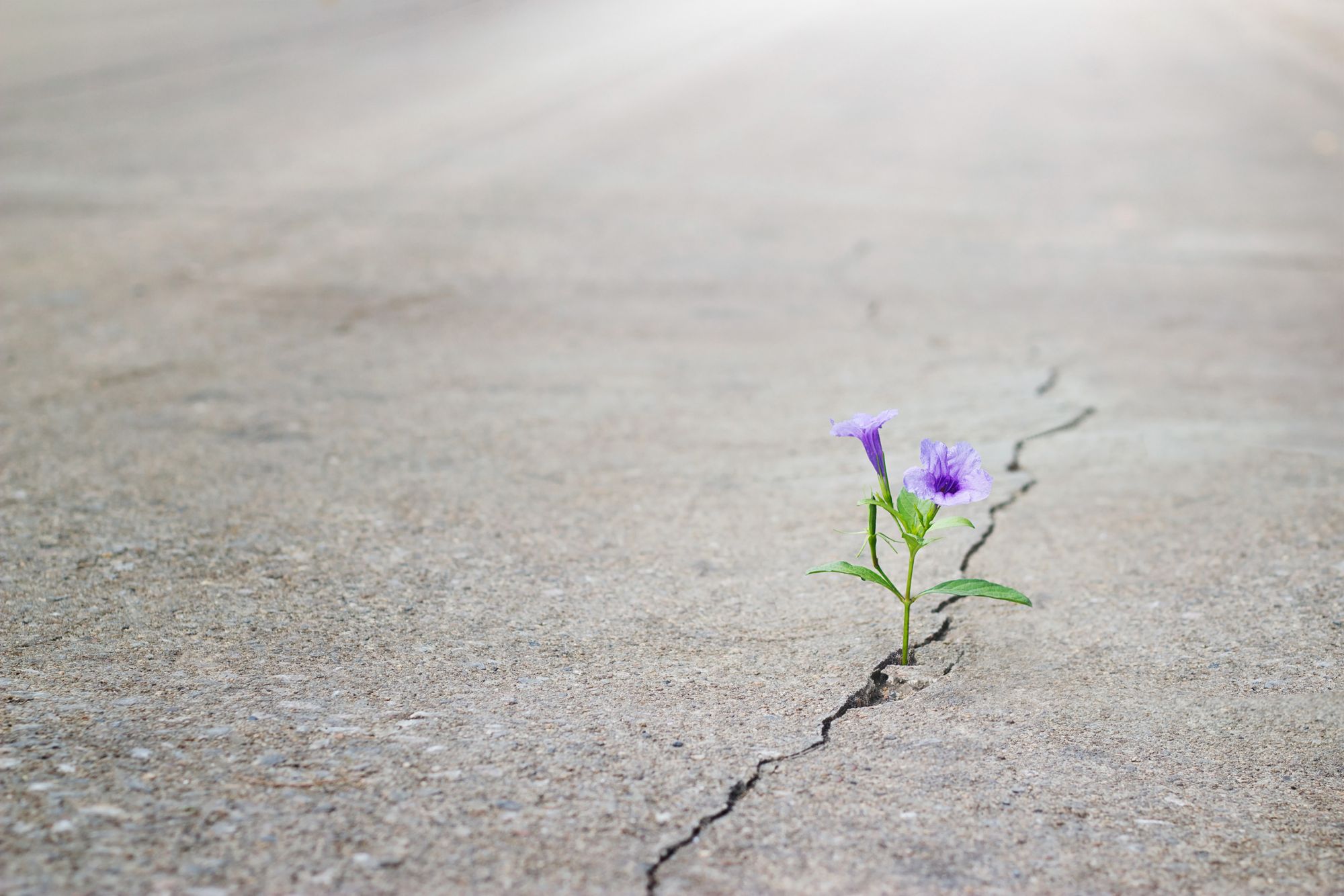“After civil war comes conflict resolution processes and peace agreements. But they often fail to establish lasting and sustainable peace, and violence breaks out again. How can we help fractured societies to make more effective peace?”
Dr. Westendorf studies conflict and peace, and focuses on civil wars that have occurred since the end of the Cold War in 1991. Like many of her colleagues, Dr. Westendorf prefers the terms ‘peace building’ or ‘peacemaking’ to ‘conflict resolution.' This reflects her focus on gaining a better understanding of life after civil war, to provide policymakers with an understanding of different needs and requirements post-conflict societies. In short, how to make better, more robust and long-lasting peace.
“What we know about civil wars is that most wars that begin now occur in countries that have experienced civil war in the past,” says Dr. Westendorf, Lecturer in International Relations in the Department of Politics and Philosophy at La Trobe University in Melbourne.
“So they’re the product of failed peace processes,” she says, citing research that of the 119 armed conflicts which occurred around the world between 1989 and 2004, 112 were civil wars. Peace agreements were signed in around 40 per cent of them – but only lasted for five years or more in half of those cases.
Why peace processes fail
“Peace processes fail because they don’t adequately look at the incentives for those individuals leading violent action. They miss the grassroots dynamics,” says Dr. Westendorf, who has interviewed more than 100 high-level practitioners and policymakers involved in negotiating peace settlements, and in policymaking around peace building and democratisation.
Her two major findings are the ‘one size fits all’ approach to peace building, typical of international interventions, is too technical, and too technocratic.
Too technical? After a civil war, when society is in disarray, it’s difficult to establish elections and constitutions, to set up good governance, to train bureaucrats and civil servants, and to find effective ways to deal with corruption.

<font size="2">Activists in Gabu, Guinea-Bissau, heading to an electoral campaign</font>
And too technocratic? A process that focuses on getting the institutions and structures of a functioning democracy in place without understanding or engaging with the human factor at play is one that is too technocratic.
There is an assumption that everyone in a war-torn society wants peace, and it’s just a matter of getting the recipe right.
“In reality, that’s not the case. Peace is enormously contested. What if certain people don’t want to participate in those structures? They might find it easier to get what they want by undermining new governance institutions. That’s why there’s a lot of violence in post-war societies around the time of elections,” she points out.
“There’s a real disjunction between what’s possible in a short time frame after a civil war and what the international community would like to think is possible. I think being overly ambitious sets these countries up for failure.”
Peace building in the real world
In 2015, Dr. Westendorf was the Academic Director of the Bologna Symposium on Conflict Prevention, Resolution and Reconciliation run by the International Peace and Security Institute (IPSI), a not-for-profit, education-focused organisation with offices in Washington DC, USA, and Bogotá, Colombia, that aims to empower the next generation of peacemakers.
The role saw her work with peace builders from every region of the world, including the Middle East, who spent five weeks being trained in how to apply the tenets of peace building to a real world situation. Peace building can involve assessing conflict and conflict issues, negotiating, promoting reconciliation, managing challenges to security, and helping to establish post-conflict governmental, economic and judicial systems.

<font size="2">Egyptian boy holding newspaper showing pictures of Arab heads of state</font>
Dr. Westendorf says the deep grievances people have in a conflict situation is at the heart of why peace building is such a challenging practice.
“People often experience deeply held fears and beliefs. They’ve experienced shared, objective traumas and are used to living in an atmosphere of mistrust. Part of my role is to help people think past some of those blocks, but it’s not always easy.”
<font size="4">CLICK TO PLAY VIDEO: Learn more about La Trobe’s international relations research.</font>
Making better peace
Dr. Westendorf believes there’s a need for greater pragmatism in the international community’s approach to peace building. It’s a topic she discusses in her 2015 book, Why Peace Processes Fail: Negotiating Insecurity After Civil War.
In addition to her extensive interviews with high-level practitioners and policymakers, Dr. Westendorf investigated and compared six civil wars: Cambodia (1991), Mozambique (1992), Bougainville (2001), Liberia (2003), North and South Sudan (2005), and Aceh (2005).
She recommends crafting an approach to suit a country, not lifting a framework that was successful in one place and trying to implement it in another.
“Through better planning and more flexible, dynamic approaches to peace building, we can respond to the challenges that arise after peace settlements,” she says.

<font size="2">French soldiers guarding a village in Moundou, Chad</font>
For example, rather than focusing primarily on building robust electoral systems, understanding and responding to the reasons why some individuals or groups use violence around the time of elections would be a useful way of shaping the international community’s peace building strategy.




